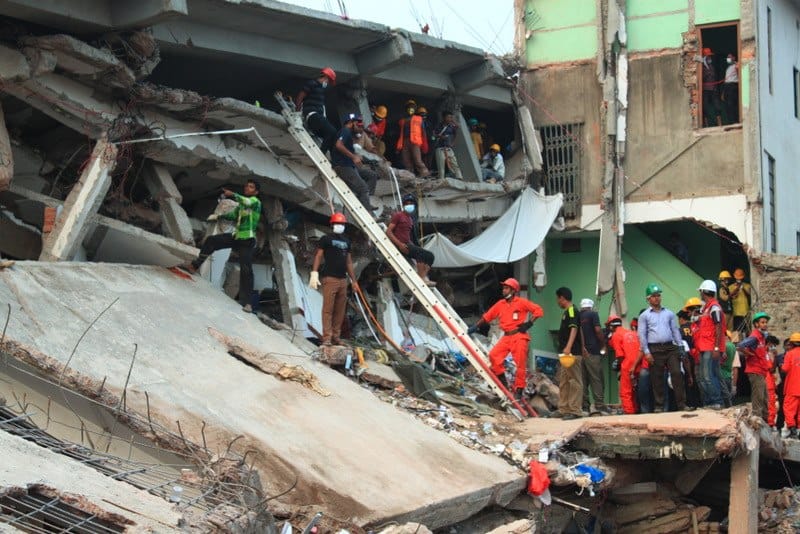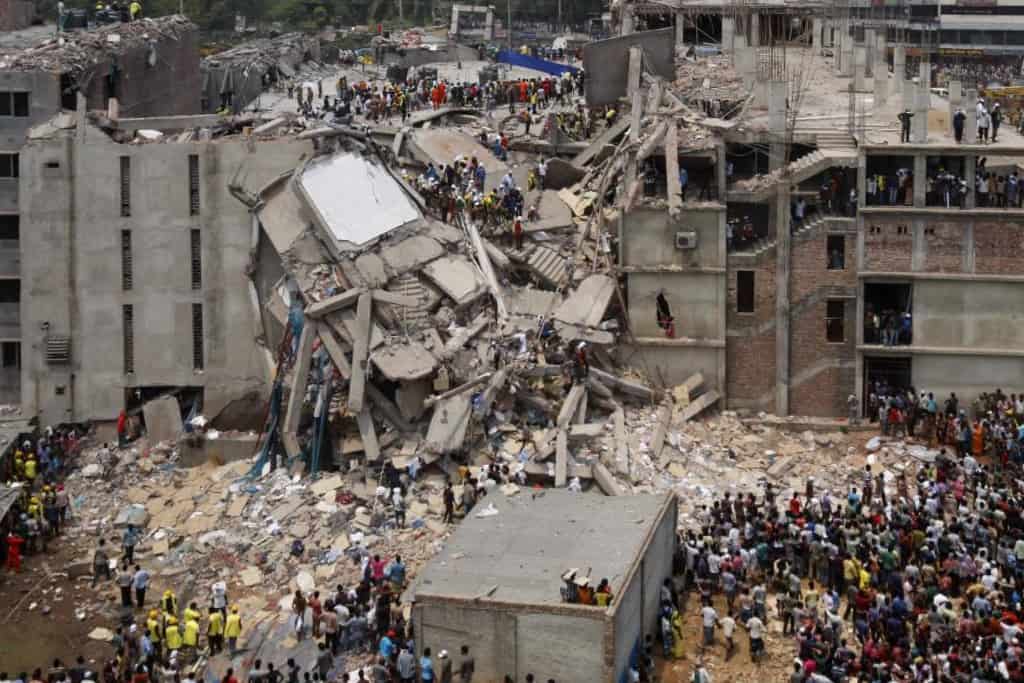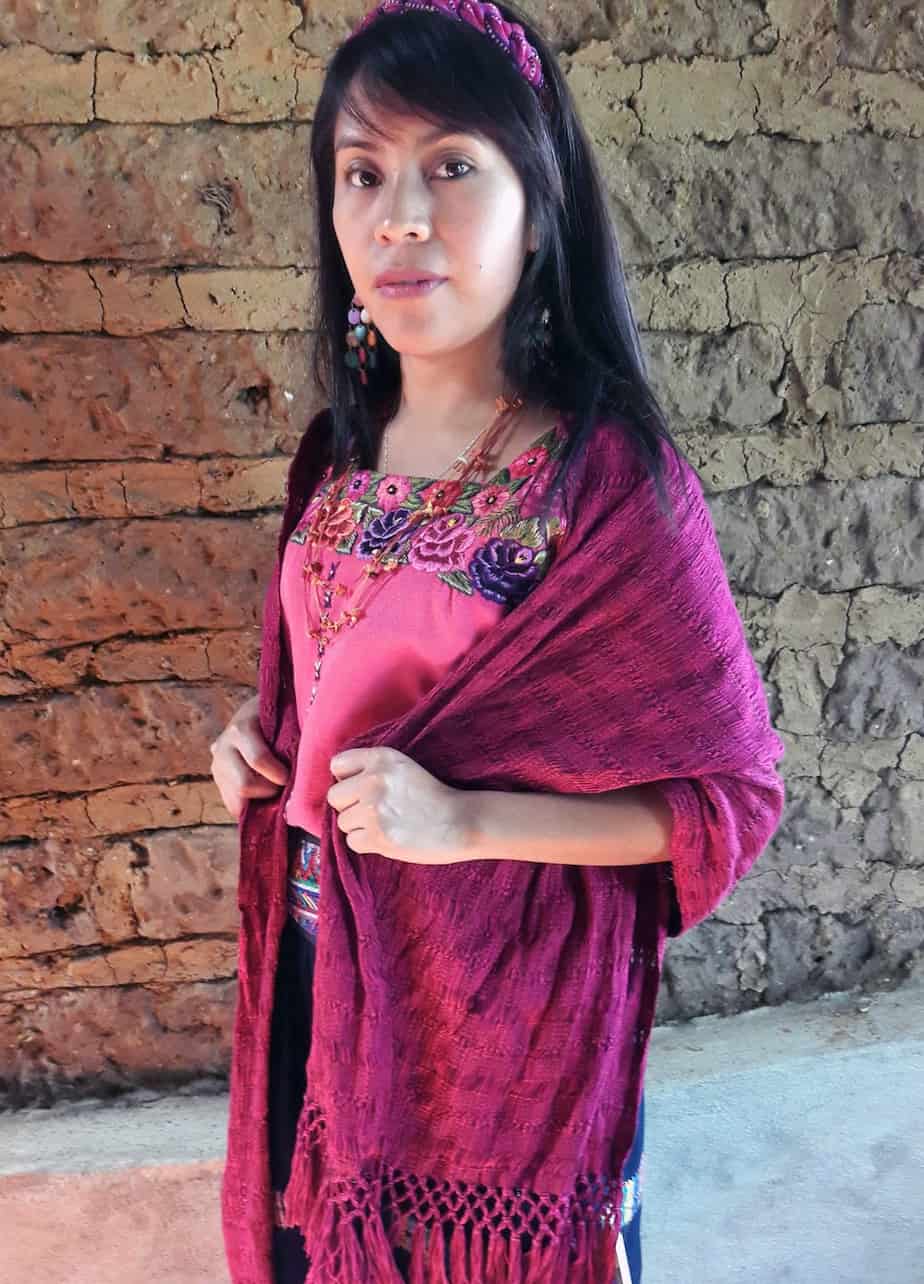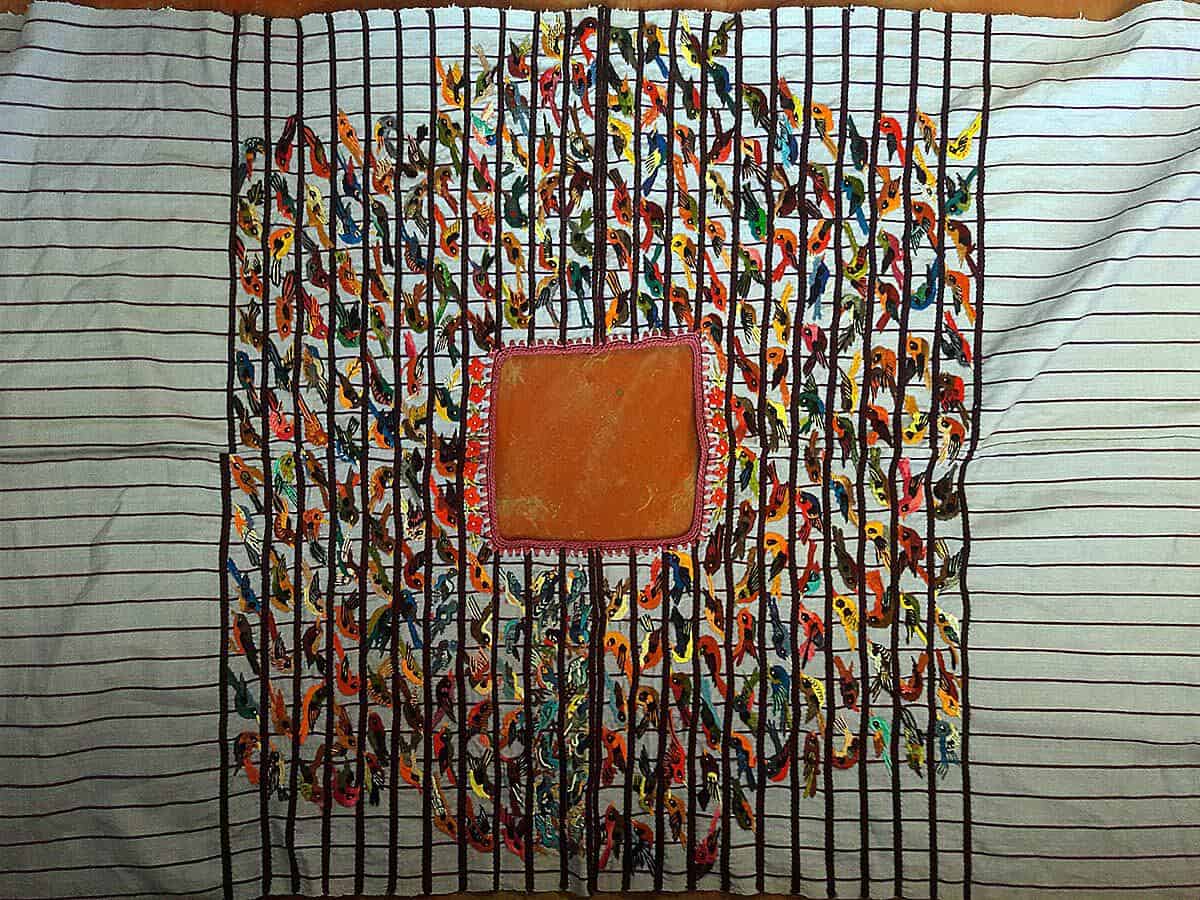Where did Ethical Fashion Begin?
Where did Ethical Fashion Begin? Today we see thousands of websites and on-line shops making the claim of being part of Ethical Fashion. Ethical Fashion began because of the two events described below. Fast Fashion production demands was the driving force that resulted in the fire and death of thousands of Garment workers.
Most sites claiming to be Ethical, Sustainable or Empowering Women do not know the history that started this Fashion trend. The use of these terms are marketing strategies in many cases fooling consumers into thinking the operators are credible.

2013_savar_building_collapse
Before you purchase, follow or support sites making such claims ask these questions.
- How are you an Ethical Fashion advocate?
- Workers that produce products, how much are they paid?
- Fair Trade sites claim Fair Wages for the country products produced in. Is it fair to pay a producer the minimum wage of that country, which is all required to be considered Fair Trade. Guatemala is Q79 per day or $10.31. Yet products sold at American Market prices.
- Ask for proof before you buy, pictures on site often present a cause, how are sites supporting the cause by direct financial impact to the producers.
https://en.wikipedia.org/wiki/2012_Dhaka_garment_factory_fire
The 2012 Dhaka garment factory fire broke out on 24 November 2012, in the Tazreen Fashion factory in the Ashulia district on the outskirts of Dhaka, Bangladesh.
At least 117 people confirmed dead in the fire, and over 200 injured, making it the deadliest factory fire in the nation’s history. The fire was initially presumed to be caused by an electrical short circuit, but Prime Minister Sheikh Hasina has since suspected that the fire had been arson and an act of “sabotage” due to the occurrence of previous comparable events.
This event and others similar to it have led to numerous proposed reforms in workers’ rights and safety laws in Bangladesh
https://en.wikipedia.org/wiki/2013_Dhaka_garment_factory_collapse
The 2013 Dhaka garment factory collapse (also referred to as the 2013 Savar building collapse or the Rana Plaza collapse) was a structural failure that occurred on 24 April 2013 in the Savar Upazila of Dhaka District, Bangladesh, where an eight-story commercial building called Rana Plaza collapsed. The search for the dead ended on 13 May 2013 with a death toll of 1,134.
Approximately 2,500 injured people were rescued from the building alive. It is considered the deadliest structural failure accident in modern human history, and therefore also the deadliest garment-factory disaster in history
These two incidents and a string of other disasters in garment factories across South Asia exposed the brutal employment conditions in the garment industry, and the deadly cost of “fast fashion” to workers who produce clothes under strict deadlines for very low wages. In the ensuing years, a number of new initiatives have been set up to improve factory safety and compensate injured workers and the families of those killed.


 Ethical Fashion Guatemala
Ethical Fashion Guatemala Ethical Fashion Guatemala
Ethical Fashion Guatemala  Ethicl Fashion Guatemala
Ethicl Fashion Guatemala Ethical Fashion Guatemala
Ethical Fashion Guatemala 
 Ethical Fashion Guatemala
Ethical Fashion Guatemala
 Ethical Fashion Guatemala
Ethical Fashion Guatemala
Leave a Reply
Want to join the discussion?Feel free to contribute!